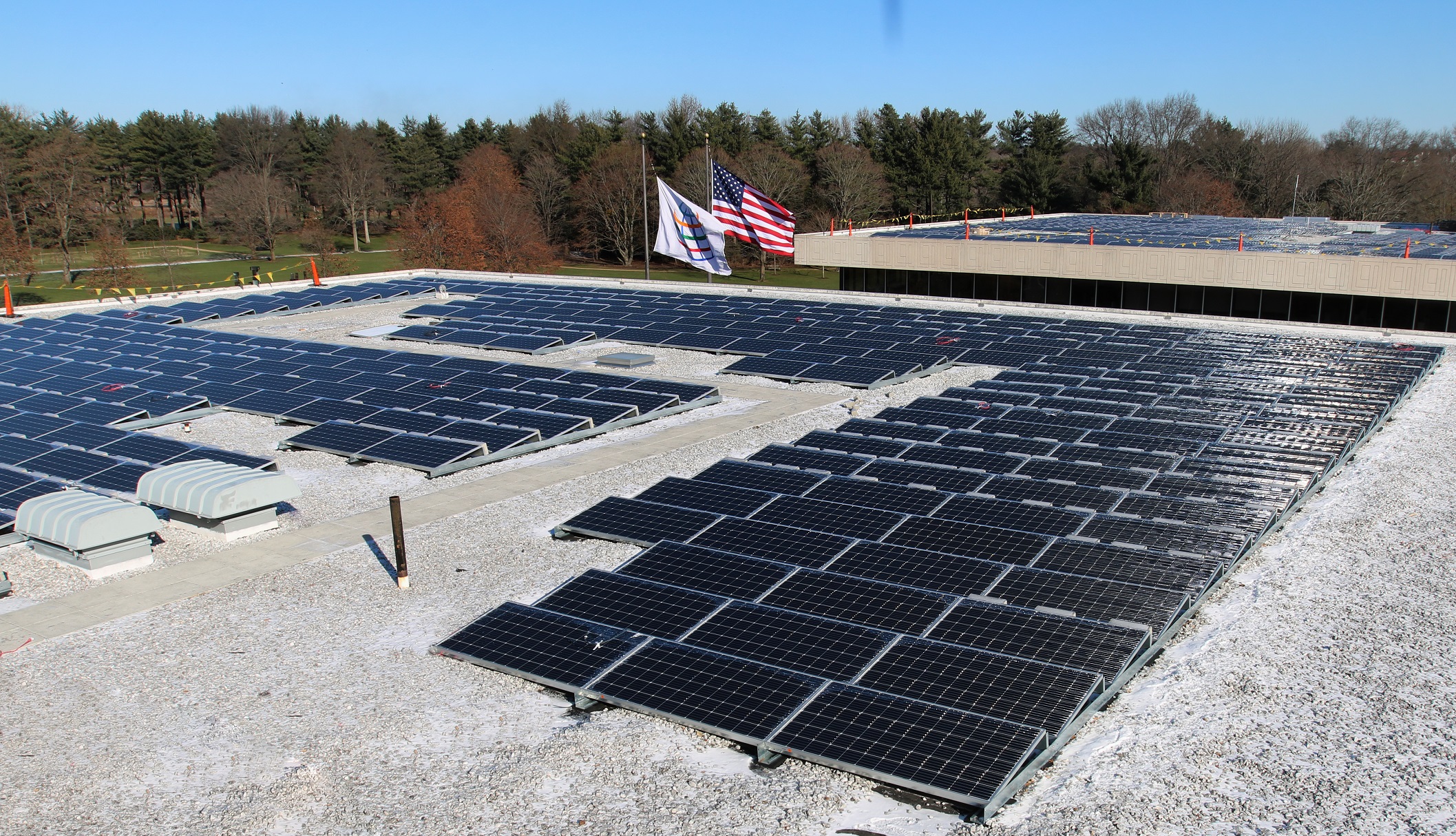Major U.S. solar and clean‑energy firms took a sharp hit on Tuesday, July 8, 2025, after President Trump signed an executive order and Congress advanced sweeping legislation that phases out solar, wind, and battery-storage tax incentives. Stocks such as Enphase Energy, First Solar, Sunrun, and SolarEdge declined between 3%–11% on renewed fears of diminished federal support. This move marks a significant shift in the clean-energy landscape, with profound implications for energy markets, corporate strategy, and long-term emissions policy.
1. 💥 What Just Happened
Executive Order & Legislative Moves
- President Trump issued an executive order eliminating “market-distorting subsidies for unreliable, foreign-controlled energy” within 45 days—targeting wind and solar incentives under the recent “One Big Beautiful Bill” budget package. He also confirmed 200% tariffs on imported pharmaceuticals and 50% on copper, signaling broader protectionist policy intentions
- Meanwhile, the House advanced sweeping tax‑and‑spending legislation that accelerates the sunset of renewable energy tax credits, including residential solar and battery credits ending in 2025, and utility-scale incentives phasing out by 2028
2. 📉 Immediate Market Fallout
Stock Sell-Offs
- Enphase Energy shares dropped ~4.2%, hit hardest due to its exposure in residential solar markets
- Sunrun fell about 11%, while First Solar declined roughly 5–6%; SolarEdge slid 3–7%
- These firms had previously been buoyed by federal credits from the Inflation Reduction Act and anticipated growth in solar installations.
Investor Shifts
- Analysts from TD Cowen and Raymond James downgraded forecasts and cautioned that tax and subsidy roll-backs could erode demand, bump costs, and delay new projects
3. 📊 Drivers Behind the Decline
3.1 Accelerated Phase-Out of Tax Credits
- The House bill ends the 30% Investment Tax Credit (ITC) for residential solar and storage in 2025 and phases out utility-scale credits by 2028—significantly ahead of prior 2032 deadlines
- This truncation leaves developers and homeowners rushing to complete projects before deadlines or lose eligibility.
3.2 Policy & Regulatory Volatility
- The combined blow of the executive order and tax legislation intensifies uncertainty, disrupting multi-year planning and financing structures
3.3 Foreign Supply Chain Provisions
- The Senate version imposes restrictions on tax credits for projects using Chinese components, adding complexity and cost for many solar systems
4. 📌 Sector Breakdown: Winners & Losers
🔴 Residential Solar (Losers)
Companies like Sunrun and Enphase—which rely heavily on residential installations—stand to lose the most. With ITC phasing out, upfront costs may rise, dampening customer interest during a period of elevated interest rates
🟠 Utility-Scale Solar (Mixed)
While led by First Solar and utility contractors, these projects face latency but may continue under delayed timelines—if developers act promptly by 2028 .
🟢 Energy Storage / Non-Solar Renewables (Winners)
- Battery storage systems, along with nuclear, hydro, and geothermal technologies, were preserved from subsidy elimination
- Assets in these categories gained asset allocation, with increased interest in uranium and other transitional fuels.

5. 📉 Economic and Environmental Repercussions
Economic Impact
- Industry analysis warns of halted or delayed solar installations, looming layoffs, and reduced investment in domestic supply chains .
Climate Impact
- Princeton’s REPEAT Project estimates lost renewable generation could total 820 TWh by 2035, enough to supply the current capacity of U.S. nuclear power—raising emissions and increasing utility costs
- Coupled with rising power demands from AI and EV infrastructure, the subsidy rollback may stall U.S. decarbonization efforts
6. 🏛️ Political and Strategic Context
- The moves reflect the Trump administration’s aim to re-energize fossil-fuel sectors and reduce reliance on renewables and Chinese supply chains
- Critics argue the timing is politically motivated to reward conventional energy sectors and diminish federal fossil fuel regulation .
7. 🔮 Market Outlook and Investor Strategy
Analyst & Investor Advice
- Citi and RBC emphasize caution on residential solar, noting structural headwinds ahead
- Morgan Stanley highlights policy risk in their assessment, decreasing projections for key clean-energy firms .
- Conversely, storage and traditional energy firms may see gains.
Corporate Response
- Developers may accelerate project timelines to secure 2025 ITC eligibility, while firms may diversify internationally to hedge risks.
- Some may pivot to battery storage, nuclear, or geothermal projects still backed by robust subsidies
8. 📆 What to Watch Going Forward
| Timeline | Key Developments |
|---|---|
| Next Weeks | Senate debates, amendments, and final language of tax/savings bill. Negotiations could soften the phase-out schedule. |
| Late 2025 | Executive order’s 45-day window ends—implementation of subsidy elimination by late 2025. |
| 2026–2028 | Project eligibility deadlines. Developers racing to complete installations before credits expire. |
| Post-2028 | Adjusted industry landscape: diminished subsidies, new energy mix strategies, market recalibration. |
9. 🔍 Strategic Takeaways
- Policy Risk Matters: Clean-energy firms face a volatile political environment—policy shock could override market fundamentals.
- Diversify Your Exposure: Energy investors may shift from pure-play solar to storage, nuclear, or diversified utilities.
- Focus on Execution: Early project completion and supply chain resilience are now key success factors.
- Long-Term Outlook: Despite short-term setbacks, underlying demand for electrification remains robust—if bipartisan green policies re-emerge, the sector may rebound.
10. ✨ Conclusion
President Trump’s executive order and the swift advance of subsidy rollbacks via Congress have jolted U.S. solar markets, causing sharp declines in major solar players. This political shift marks a pivotal moment for renewables finance, project planning, and strategic positioning. While clean-energy expansion may stall, opportunities remain for companies adapting to regulatory turbulence—especially in storage and alternative renewables.
However, the road ahead will be shaped by legislative outcomes, corporate agility, and public policy shifts. With the U.S. energy landscape at a crucial crossroads, the coming months will be critical for investors, innovators, and policymakers alike.




